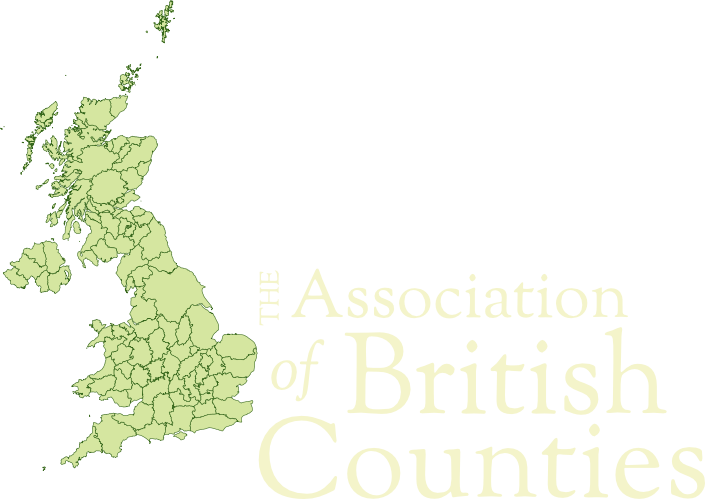West Lothian reaches from the upper reaches of the Firth of Forth inland. Much of West Lothian forms part of the central Clyde-Forth belt. It is the third-smallest county in the United Kingdom, in tininess beaten only by Kinross-shire and Clackmannanshire, but its acres are busy.
West Lothian was once known also as Linlithgowshire, after its county town, a small town three miles inland, on Linlithgow Loch where there stand the remains of Linlithgow Palace, birthplace of Mary Queen of Scots.
The main coastal town is Bo’ness, once the port of Borrowstoun (as Borrowstounness) it has outgrown its parent to become an industrial town. The Antonine Wall ended here, at Kinneil.
The main industrial towns such as Armadale, Bathgate and Whitburn, stand a little to the south, along the M8 and A71 corridor joining Edinburgh to Glasgow. An early on-shore oil industry was founded here; oil-shale mining, that has left as its legacy the “West Lothian Alps”, ubiquitous spoil heaps. In this part of the Clyde-Forth Belt also is Livingston, once a wee village but now a full-grown New Town.
County Facts
County Town: Linlithgow
Main Towns: Armadale, Blackness, Bo’Ness, Linlithgow, Livingstone, South Queensferry.
Main Rivers: Avon.
Highlights: Blackness Castle; Linlithgow Palace; Linlithgow Loch; St Michael’s Church, Linlithgow; Hopetoun House; Dalmeny House; Forth Bridge.
Highest Point: The Knock, 1,023 feet.
Area: 120 sq miles
County Flower: Common Spotted-orchid


